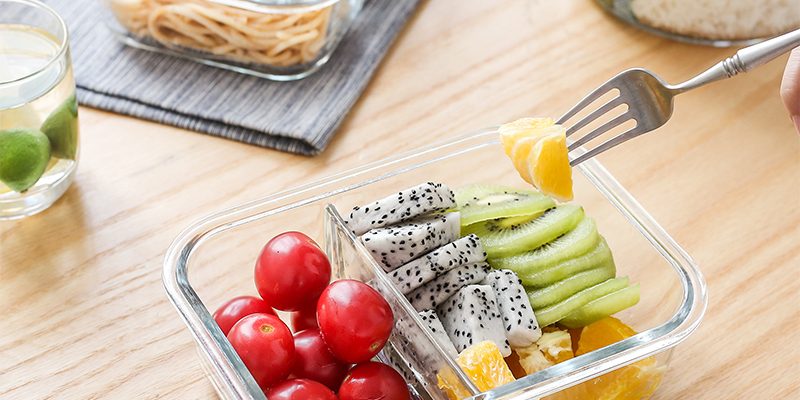Introduction: The demand for eco-friendly packaging solutions has spurred manufacturers to develop innovative and sustainable plastic lunch boxes. In this blog, we’ll explore the design elements and initiatives that make these lunch boxes eco-friendly and environmentally responsible.
- Recycled Materials: We’ll discuss how some plastic lunch boxes are manufactured using post-consumer recycled materials, reducing the demand for new resources and contributing to waste reduction.
- Biodegradable Additives: Certain lunch box designs incorporate biodegradable additives, which facilitate decomposition after disposal, lessening the burden on landfills and the environment.
- Minimalist Packaging: Eco-friendly lunch boxes often come with minimal packaging, reducing unnecessary waste. We’ll explore how brands are adopting eco-conscious packaging practices.
- Modular and Interchangeable Components: Modular lunch box designs allow users to replace individual components, such as lids or compartments, without having to replace the entire container. This promotes sustainability and reduces product waste.
- Long Lifespan: We’ll discuss how durable materials and robust construction contribute to the long lifespan of eco-friendly plastic lunch boxes, encouraging reusability and minimizing single-use alternatives.
- Supporting Sustainable Initiatives: Many brands that produce eco-friendly lunch boxes actively support sustainable initiatives and organizations. We’ll explore how consumers can align with such brands to contribute to environmental causes.
Conclusion: Designing eco-friendly plastic lunch boxes encompasses various initiatives, from using recycled materials and biodegradable additives to adopting minimalist packaging and promoting reusability. By supporting these sustainable designs, consumers actively contribute to reducing plastic waste and fostering a more environmentally conscious lunch packing culture.







